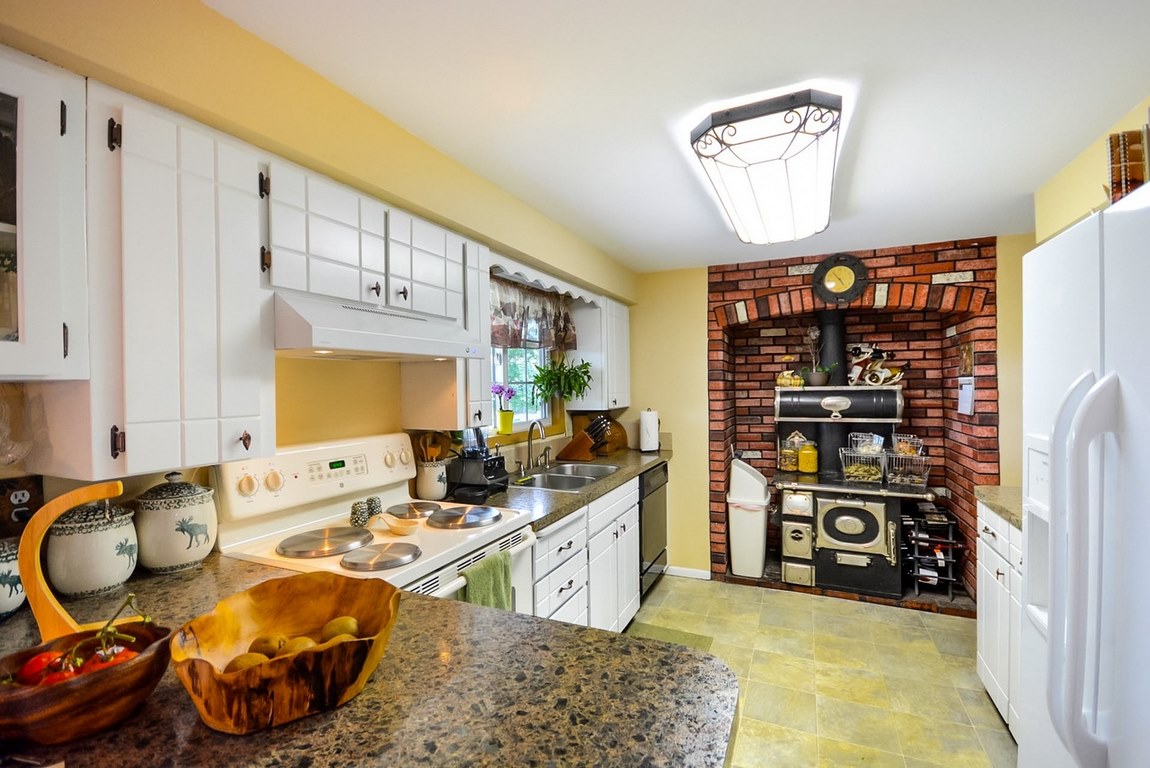The kitchen is the heart of every home and kitchen cabinets are a staple in almost every home.

Not only do they provide storage for dishes, pots, and pans, but they also act as a visual focal point in the kitchen. While it’s possible to purchase kitchen cabinets from a store, it’s also possible to build them yourself using materials from a hardware store or home improvement center.
Actually. Do-it-yourself (DIY) cabinets are becoming increasingly popular due to the numerous benefits they offer. If you’re interested in building your own kitchen cabinets, there are a few tips to keep in mind.
1. Make a Plan of the Layout of Kitchen Cabinets
When planning the layout of kitchen cabinets, it is important to take into account the size and shape of the room, as well as what appliances and accessories you plan to use. One option is to design your own kitchen cabinets using a software program or online tool. This allows you to create a custom design that will perfectly fit your needs.
If you are not comfortable with designing your own cabinets, there are many pre-made cabinet designs available online or in stores. Be sure to measure the space where your cabinets will go and choose a design that will fit comfortably without being too cramped or too large for the space.
Once you have chosen a design, mark the location of each cabinet on the wall and draw out the rough shape of each one. This will help you determine how much space you need between cabinets and where to place appliances and other accessories.
2. List Out and Arrange Necessary Materials and Tools
Building your own kitchen cabinets can be a daunting task, but with the right materials and tools, it can be a breeze. Here is a list of everything you will need to get started:
- Plywood
- MDF or particle board
- Door hinges
- Cabinet pulls
- Knobs for doors and drawers
- Drawer slides
- Construction adhesive
- Caulk gun
- Paint or stain for finishing
- Circular saw
- High-grit sandpaper
- Drill bits
Read Also:
3. Ensure Quality of Materials
Building your own kitchen cabinets can save you a lot of money, but it’s important to choose the right quality materials. Cheap materials will not hold up over time and will eventually need to be replaced.
Instead, invest in high-quality materials that will last. Wood is a popular choice for kitchen cabinets, but you should select a type of wood that is strong and durable. Plywood is a good option because it is resistant to moisture and warping.
If you’re not comfortable working with wood, there are other options available. Metal cabinets are a good choice for those who want a sleek, modern look. They are also very durable and can withstand heavy use. Plastic cabinets are another option and are perfect for small kitchens or apartments.
4. Make a Proper Budget
If you’re planning to build your own kitchen cabinets, the first order of business is to make a proper budget. There are many factors to consider when tallying up the cost of materials and labor, so it’s important to be as accurate as possible. Here are some tips for creating a realistic budget:
- Start by estimating how much material you’ll need. This includes cabinet boxes, doors, drawer fronts, molding, and hardware. It’s best to overestimate so you have enough material on hand, but
- Next, calculate the cost of labor. This includes cutting and assembling the cabinets, installing the hardware, and any other finishing work that needs to be done.
5. Do not Forget Adding Finishing Touches
After building your DIY kitchen cabinets, do not forget to add the finishing touches. This includes installing the pulls or knobs on the doors and drawers, as well as adding a finish to the cabinet boxes and doors.
If you are painting your cabinets, be sure to use a primer and two coats of paint. The primer will help the paint adhere better to the wood and will help to prevent any stains from seeping through. The final coat of paint will give your cabinets a beautiful finish.
If you are using a wood stain, be sure to apply a sealer before applying the stain. This will help the stain last longer and will protect the wood from moisture. Apply two coats of sealer, letting each one dry completely before applying the next. Then, apply the stain in even strokes, following the direction of the wood grain.
Conclusion
By following these five tips, you can build your own kitchen cabinets and save money in the process. Not only will you have cabinets that are uniquely suited to your needs, but you’ll also have the satisfaction of having built them yourself. So, what are you waiting for? Get started on your DIY kitchen cabinets today!










